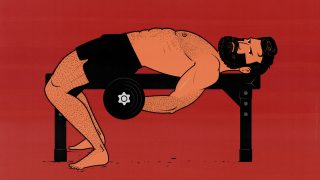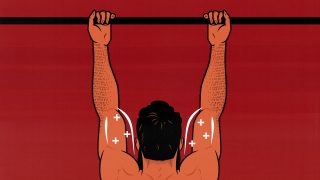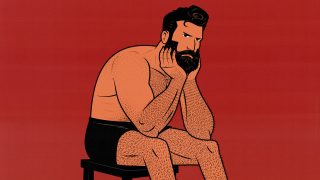
Drag Curls Aren’t As Good As Regular Biceps Curls (Here’s Why)
A drag curl is a type of biceps curl where you keep the weight close, “dragging” it up your body. The idea is to make the curl easier at the bottom and harder at the top. This makes the biceps curls worse in two ways:
- You’ll stimulate more muscle growth by challenging your biceps at the bottom of the range of motion, not the top. There’s no benefit to emphasizing the top. The entire purpose of the drag curl is misguided.
- To keep the weight close, you need to bring your elbows back behind your body. This movement at the shoulder joint prevents the long head of your biceps from engaging properly.
This might make it seem like I hate drag curls. I don’t. You can use them to build bigger biceps. They’re a perfectly fine exercise. However, regular biceps curls are quite a bit better, so it’s hard to think of a situation where you’d want to do drag curls.
If you want to stimulate more muscle growth with your biceps curls, you should do almost the exact opposite of a drag curl. I’ll show you how.
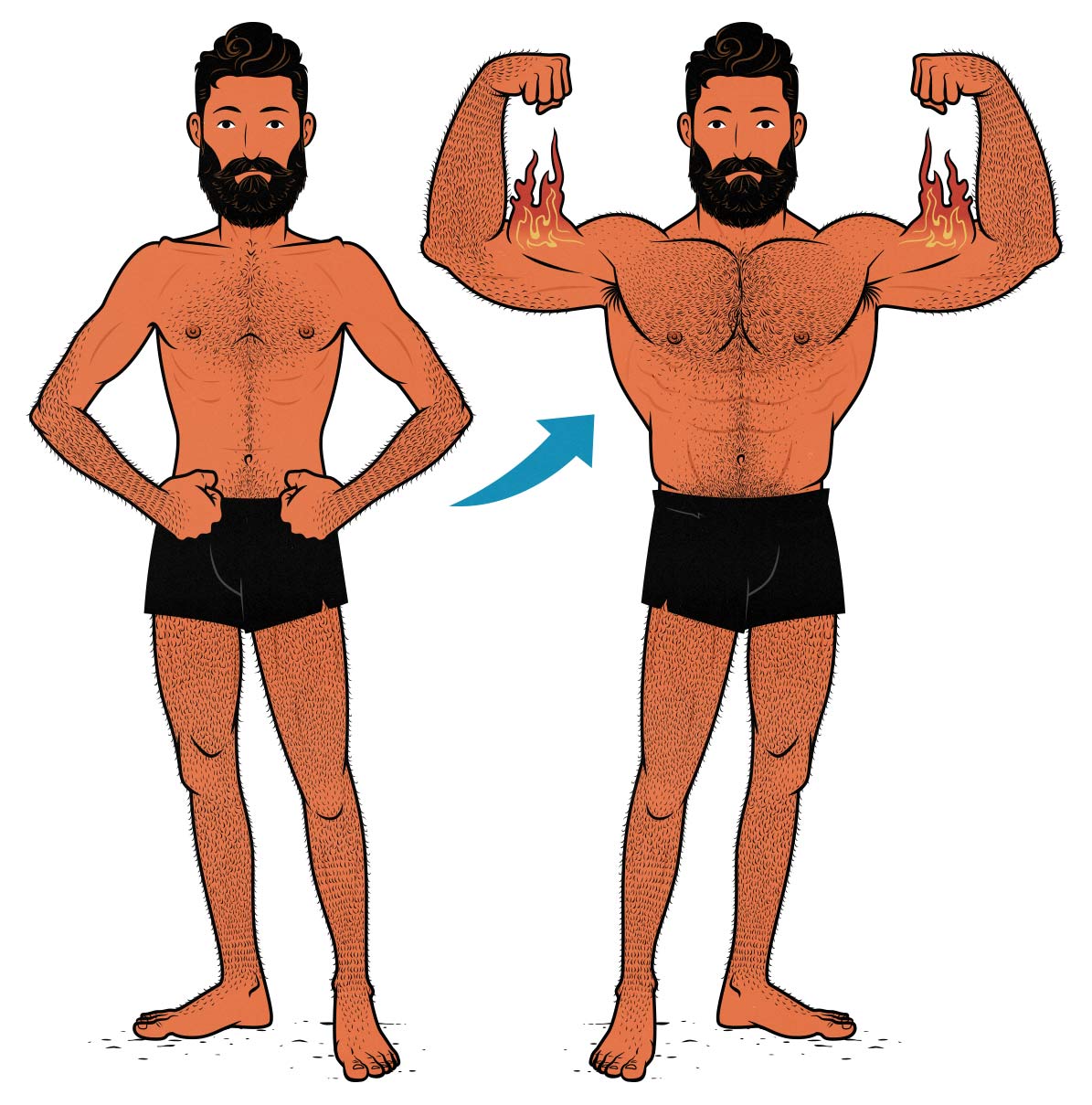
What Do Drag Curls Work?
Drag curls emphasize the short head of your biceps. However, they don’t work the short head of your biceps harder than other biceps curl variations. Rather, they work the long head less hard. Thus, when you’re making a biceps workout, there isn’t any reason you’d choose drag curls.
Even if you wanted to emphasize the short head of your biceps, you’d be much better off choosing preacher curls (tutorial video). They aren’t quite ideal for the long head (more on that in a moment), but they’re still one of the best overall biceps exercises.
How to Do Drag Curls
A drag curl is when you “drag” the weight up your body instead of letting it arc out in front of you. They’re easy to do. They feel pretty good, too.
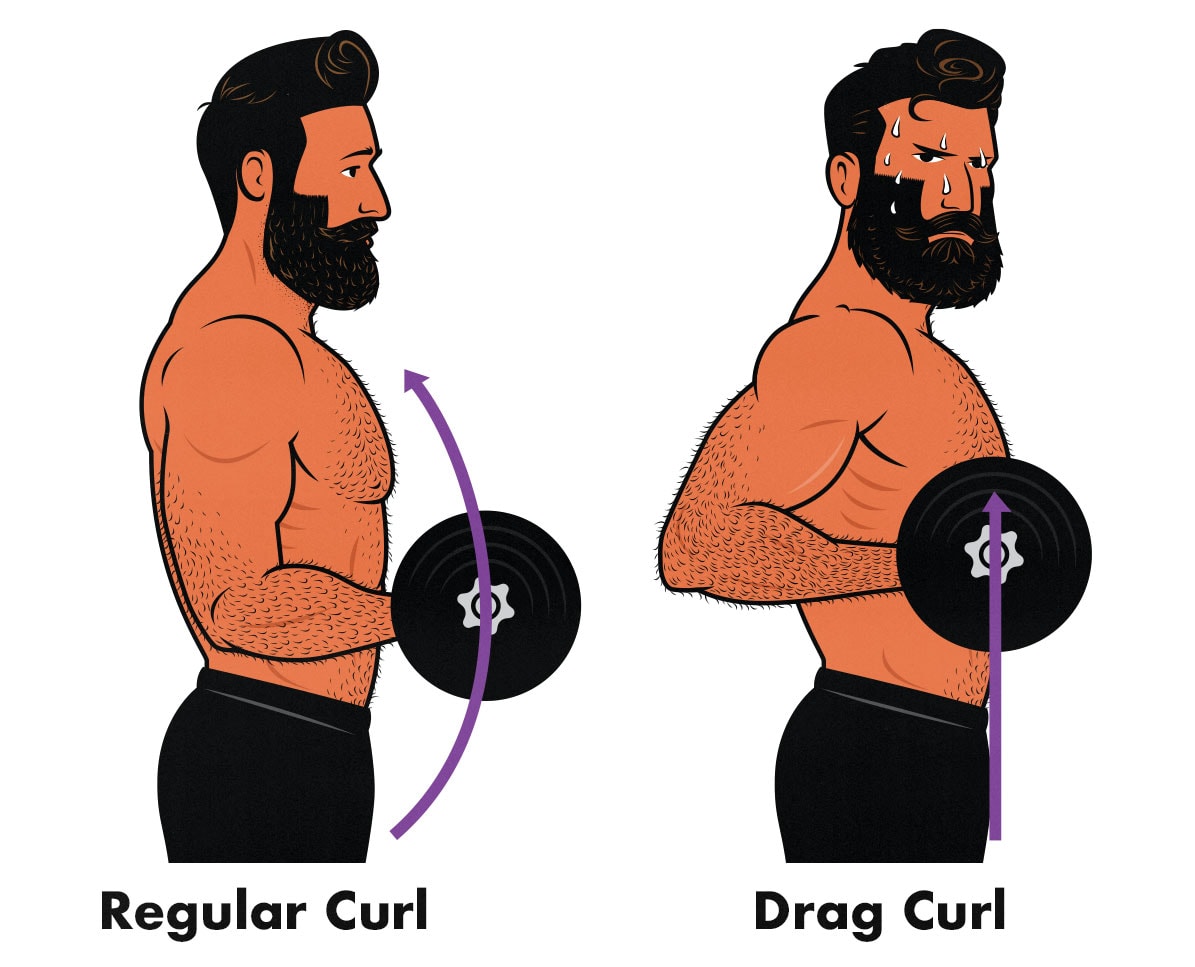
Most exercises are hardest when the lever is parallel to the ground, creating the longest moment arm (full explanation). In this case, the lever is your forearm. So, when you do regular curls, they’re hardest near the middle of the range of motion. When you do drag curls, they’re hardest at the top. That’s where the drama begins.
Why Drag Curls Became Popular
Half a century ago, bodybuilders noticed that challenging your muscles at the top of the range of motion felt really intense, gave a great mind-muscle connection, and yielded a tremendous pump. Drag curls were great for this. They became one of the most popular bodybuilding exercises.
A decade ago, back in the era of Bret Contreras’ muscle activation studies, it seemed that you could get better muscle activation by challenging your muscles at the top of the range of motion. The assumption was that better muscle activation (measured by EMG) would surely yield greater muscle growth. That wasn’t the case.
The Two Problems With Drag Curls
Modern research has been finding that challenging your muscles at longer lengths stimulates dramatically more muscle growth, dooming the drag curl. Contreras’ favourite exercise (the hip thrust) died by that same sword.
Moreover, drag curls involve movement at the shoulder. That movement at the shoulder joint interferes with the function of your biceps:
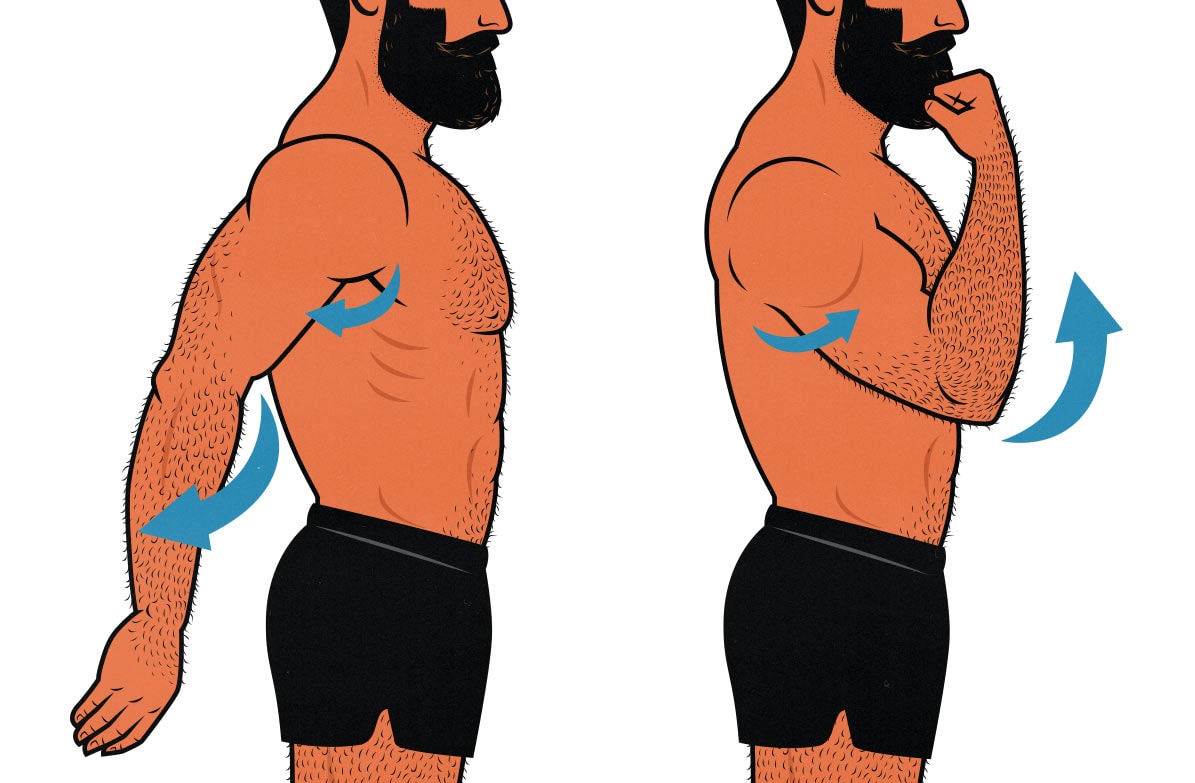
Your biceps move your shoulder forward, not backward. When you do drag curls, you’re shortening your biceps at one end while lengthening them at the other. That’s not great.
A Better Way to Do Biceps Curls
Regular biceps curls are great. They’re one of the very best biceps exercises. They’re a classic for a reason. You can absolutely continue doing regular biceps curls. But if you want to try something new, you could do the opposite of a drag curl, potentially making your biceps curls even better.
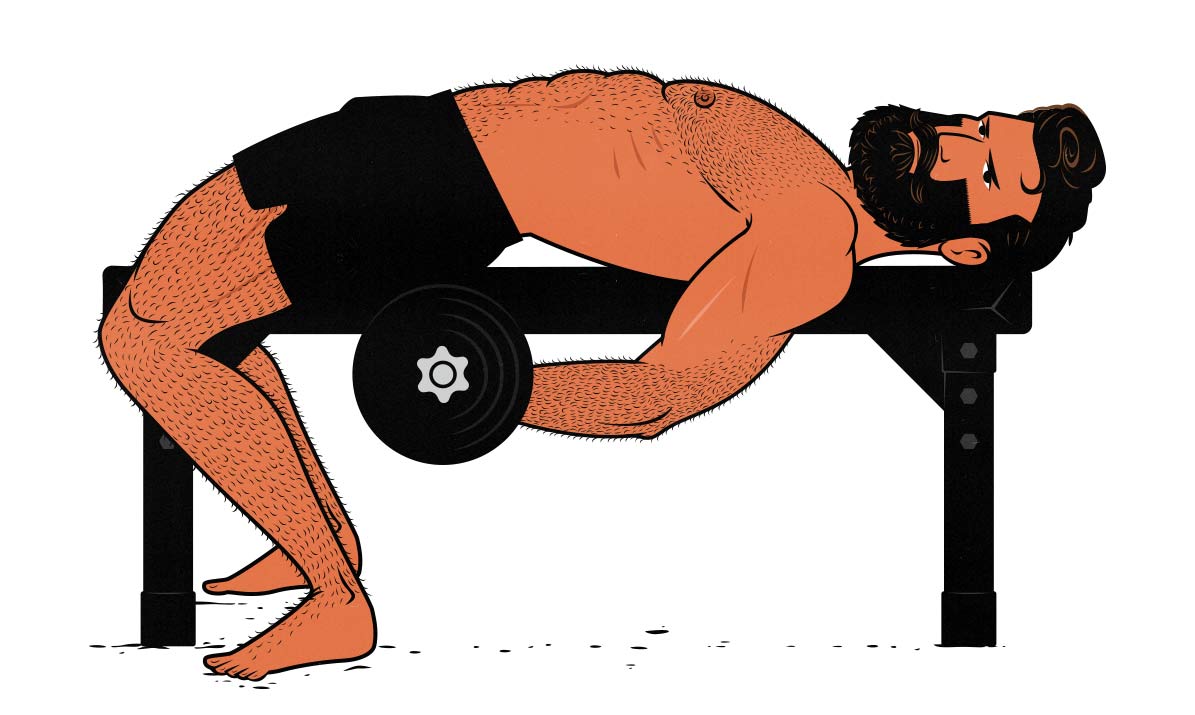
This is the lying biceps curl. It offers two advantages over both the drag curl and even the regular biceps curl:
- Bringing your arms behind your body stretches your biceps at the shoulder, similar to drag curls. However, this time your biceps are stretched at both joints at the bottom, then contract at both joints as you curl the weight up. This aligns much better with the function of your biceps.
- Your forearms are parallel near the bottom of the range of motion, working your biceps hardest while they’re still under a deep stretch. This is fantastic for stimulating muscle growth.
I made a quick tutorial video teaching the exercise:
You can get similar benefits from doing cable biceps curls with the cable set up behind your body. Menno Henselmans popularized that variation, dubbing them “Bayesian cable curls.” It offers the exact same benefits as lying biceps curls. I find the exercise more stable when lying on a bench, though.
You can take the same approach with your side delts, by the way. Lying on a bench flips the resistance curve sideways, working them harder under a deeper stretch, thus stimulating more muscle growth. More on that here.
Conclusion
Drag curls are a good biceps exercise, but only if you don’t compare them against other biceps exercises. Regular biceps curls are quite a bit better.
If you want to min-max the biomechanics of your curls, I recommend stretch-focused curls like lying biceps curls, Bayesian cable curls, and preacher curls. As the research stands, those are the best types of biceps curls.
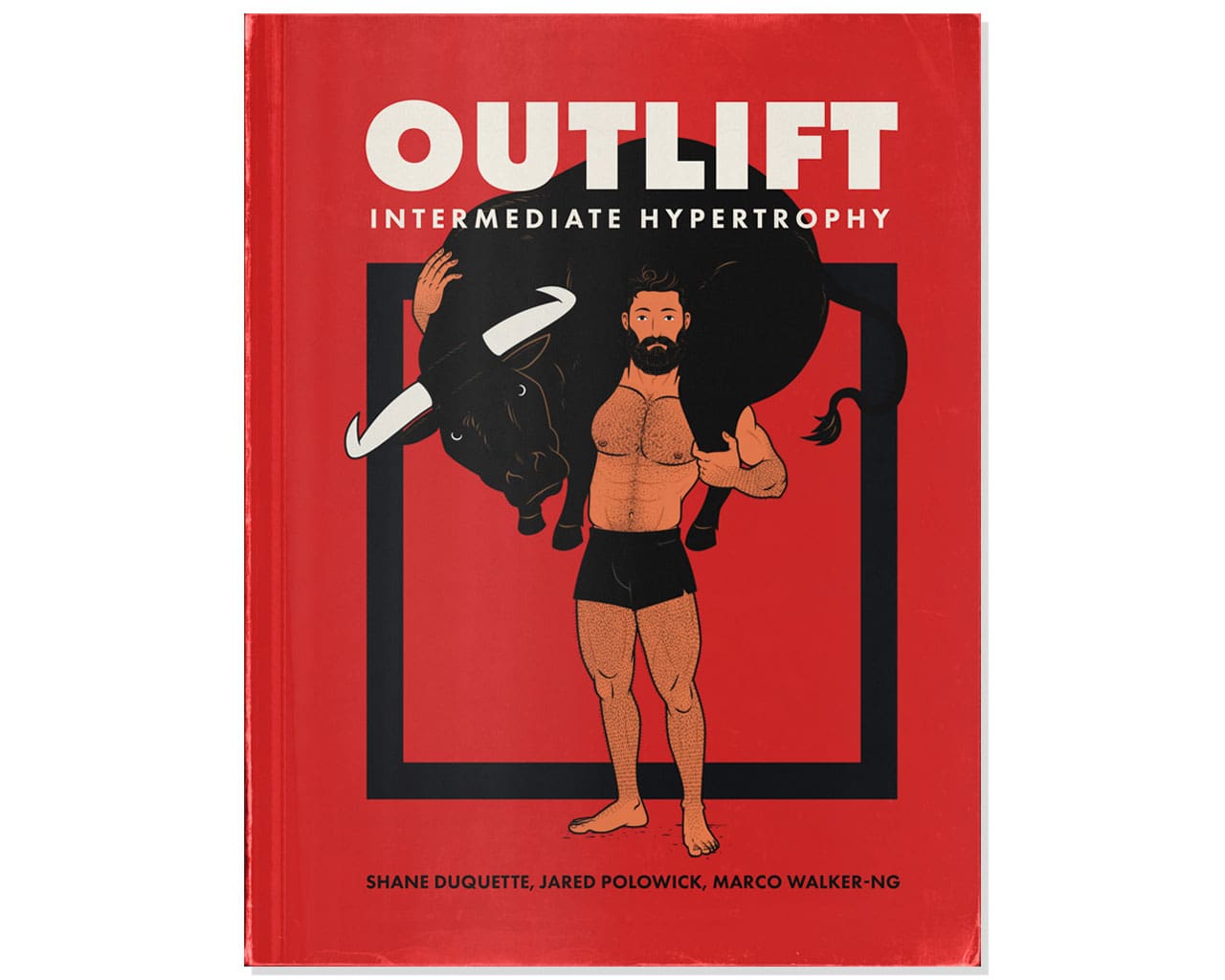
Alright, that’s it for now. If you want a workout program that takes all of this into account, check out our Bony to Beastly Novice Program or our Outlift Intermediate Hypertrophy Program. If you liked this article, I think you’d love the program.



